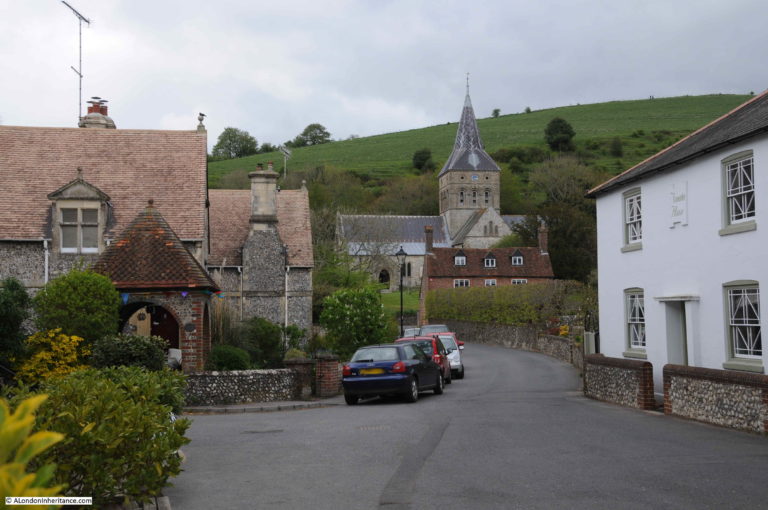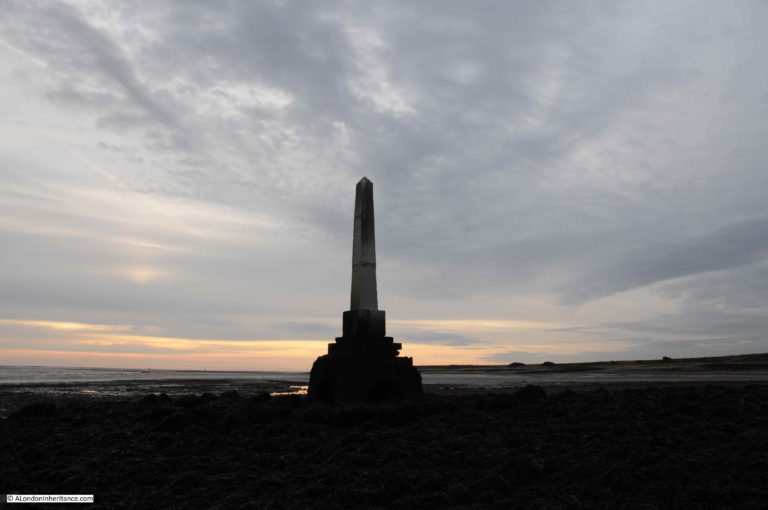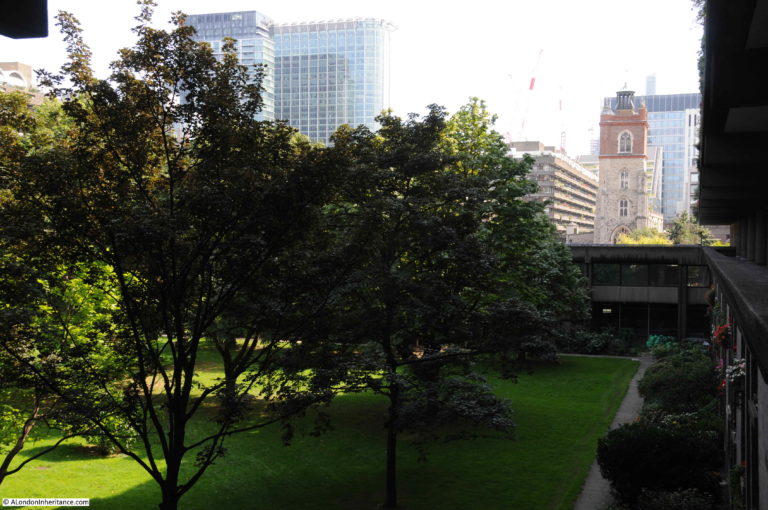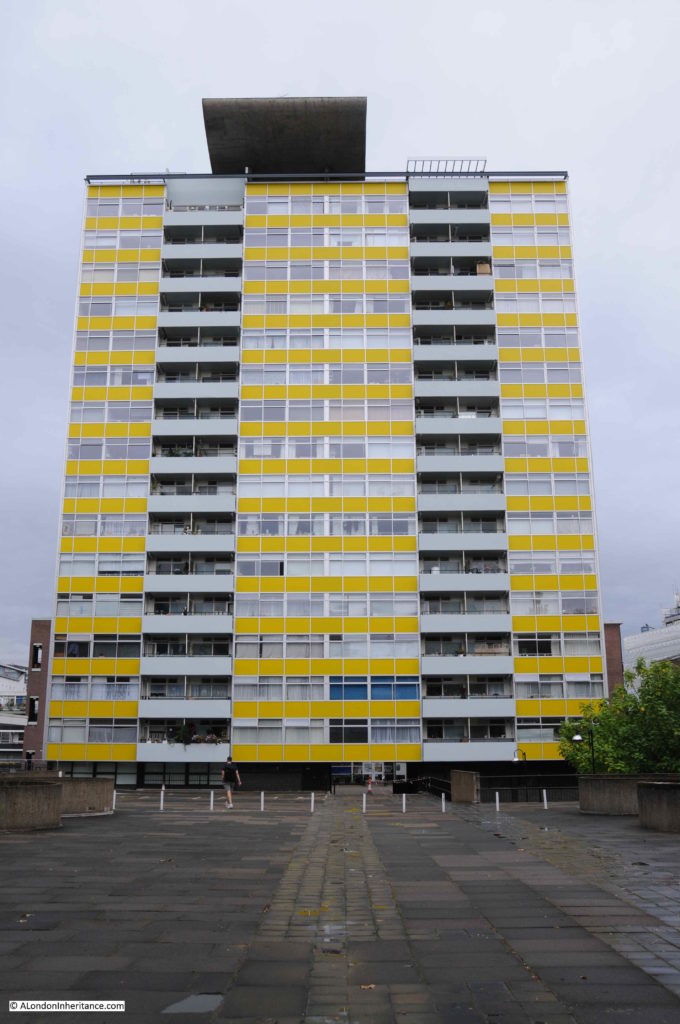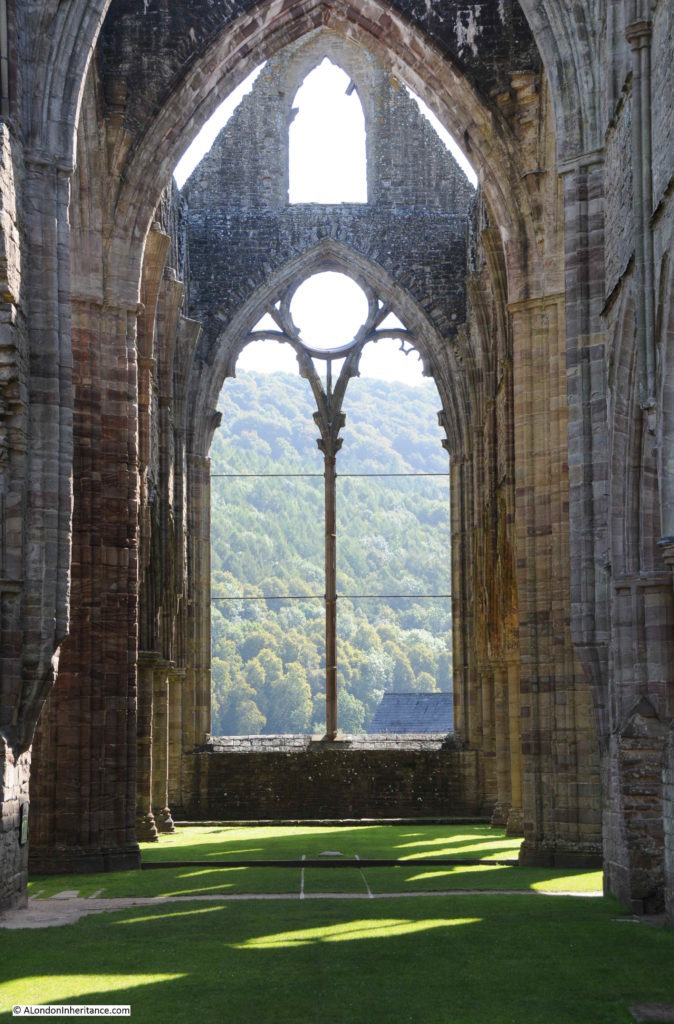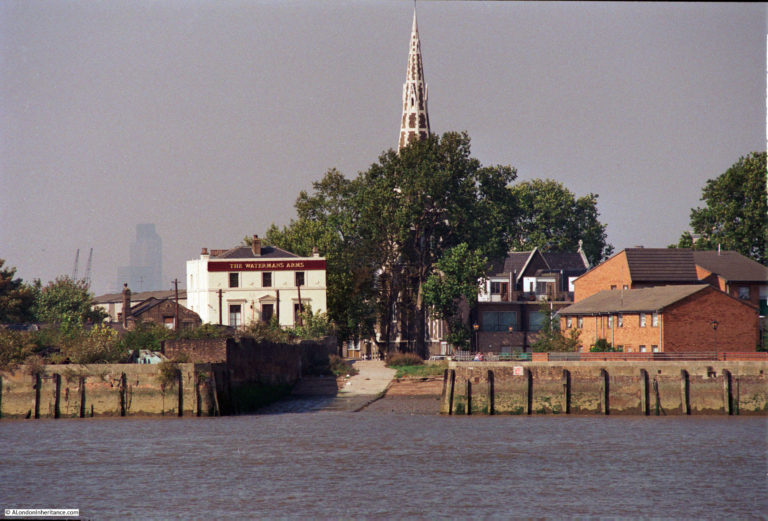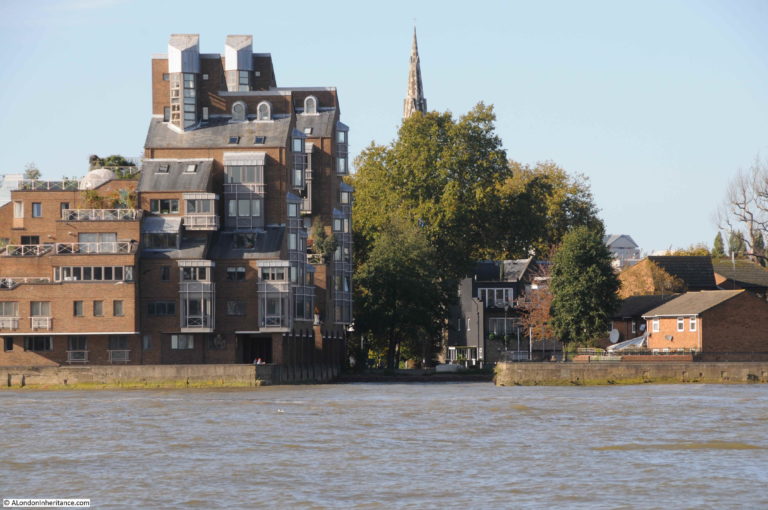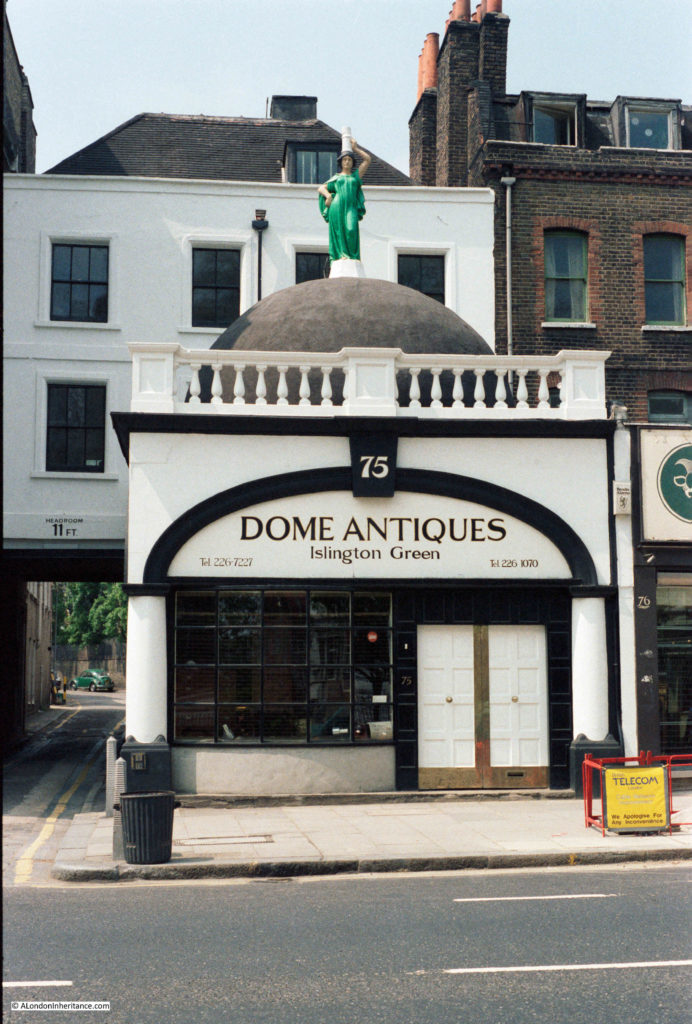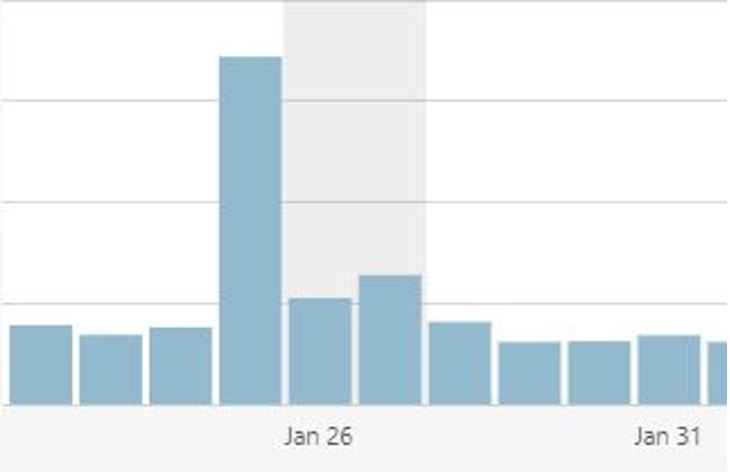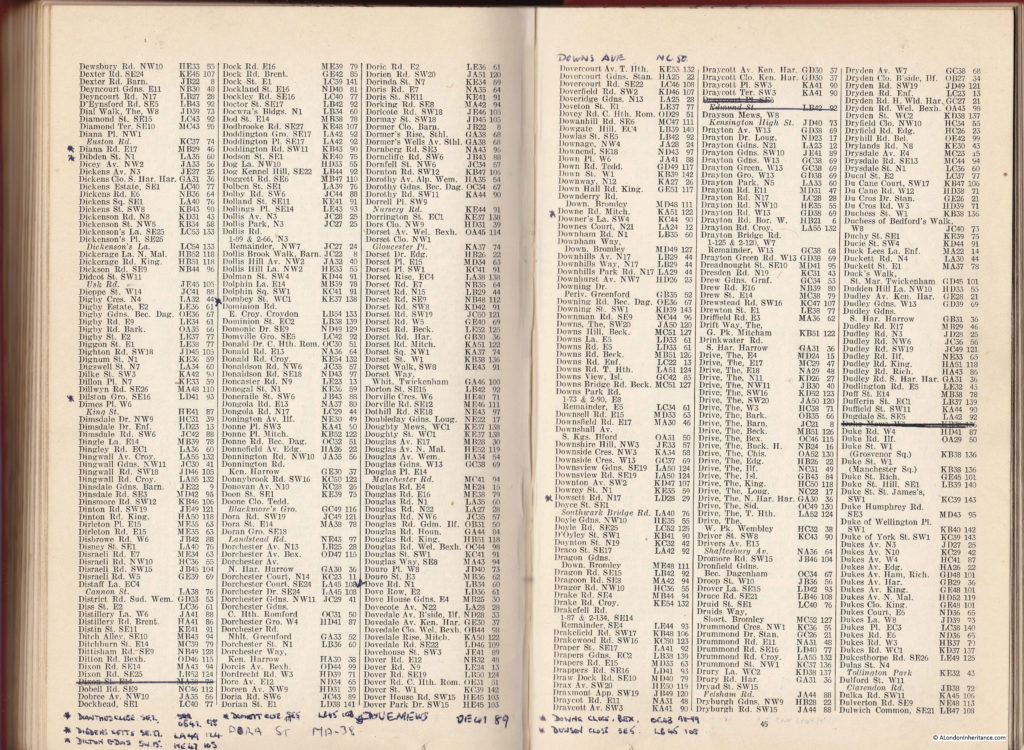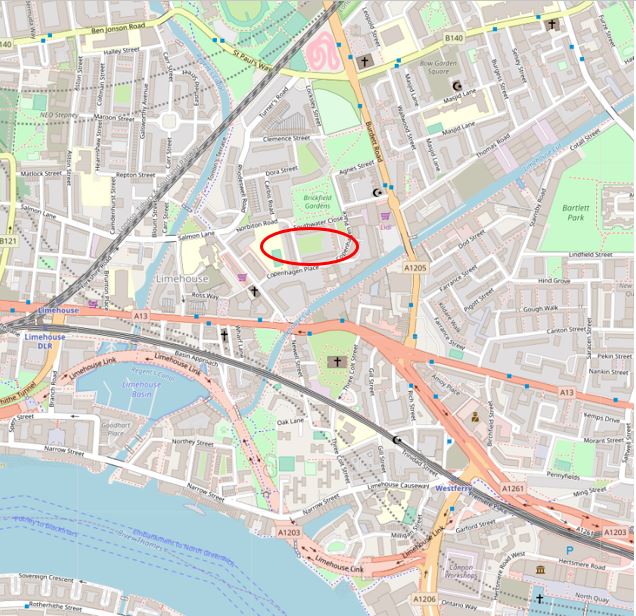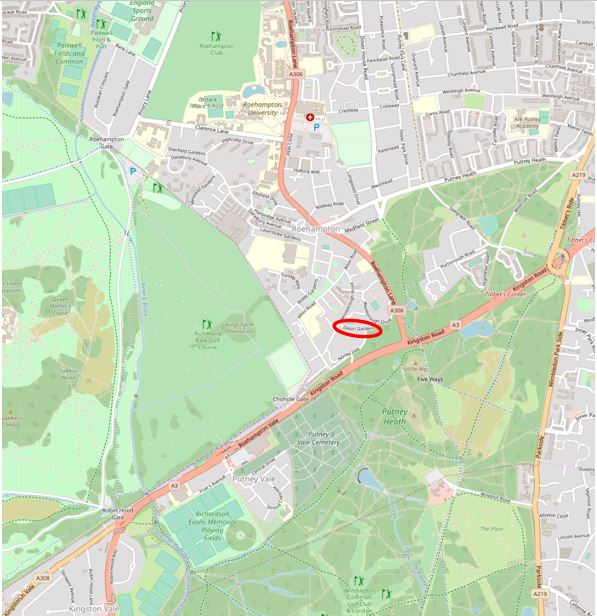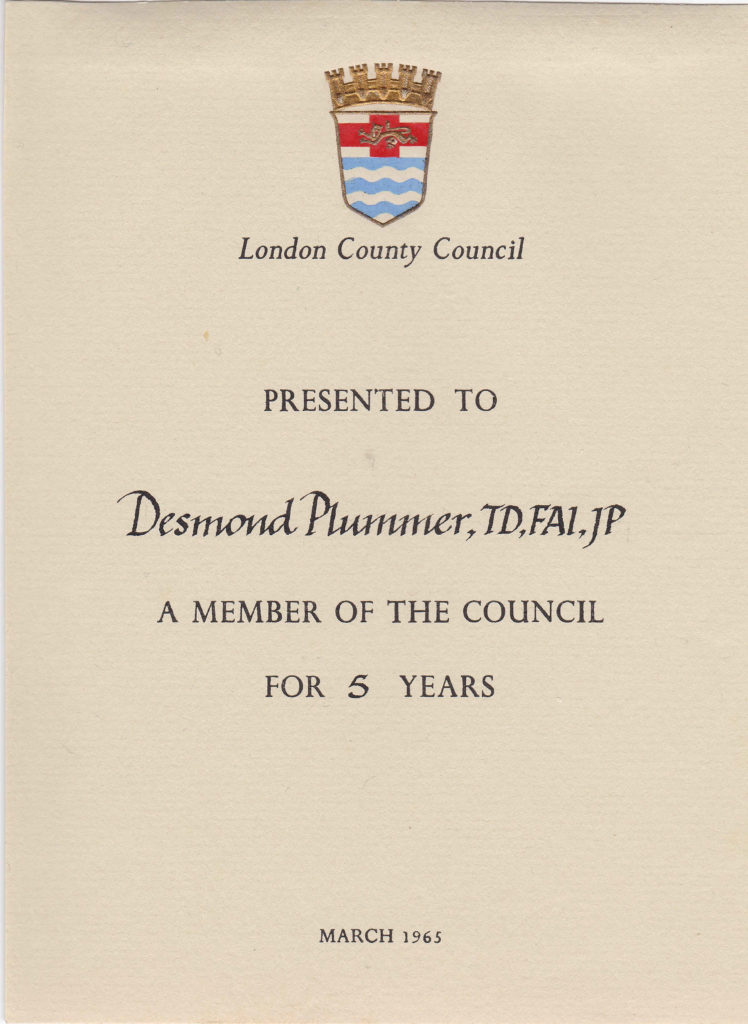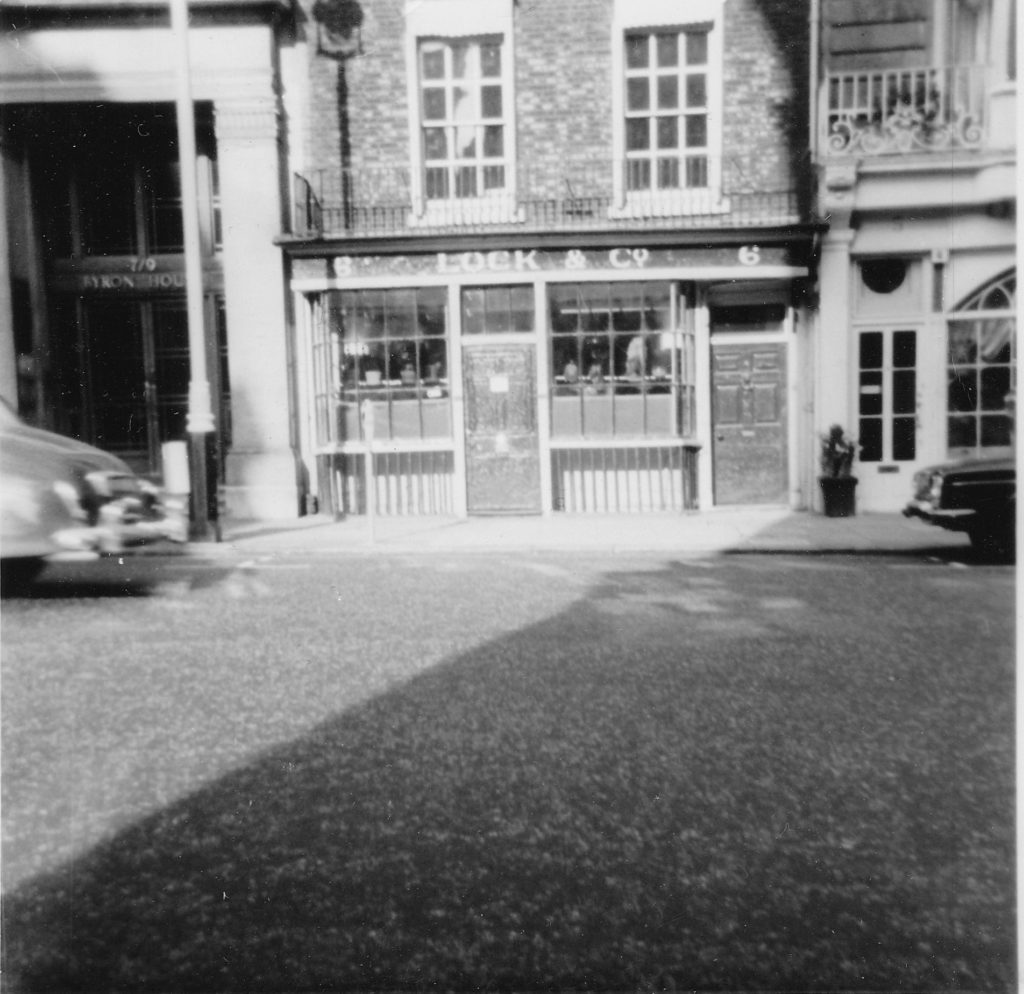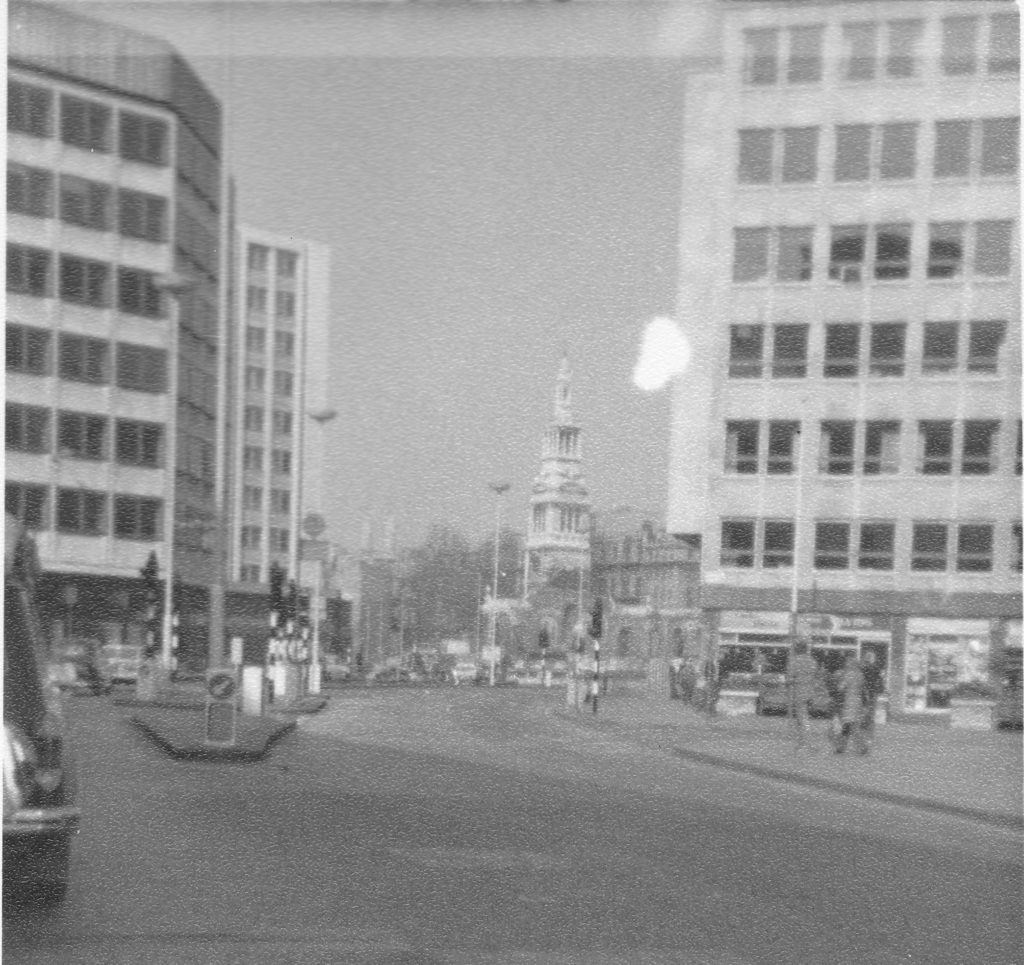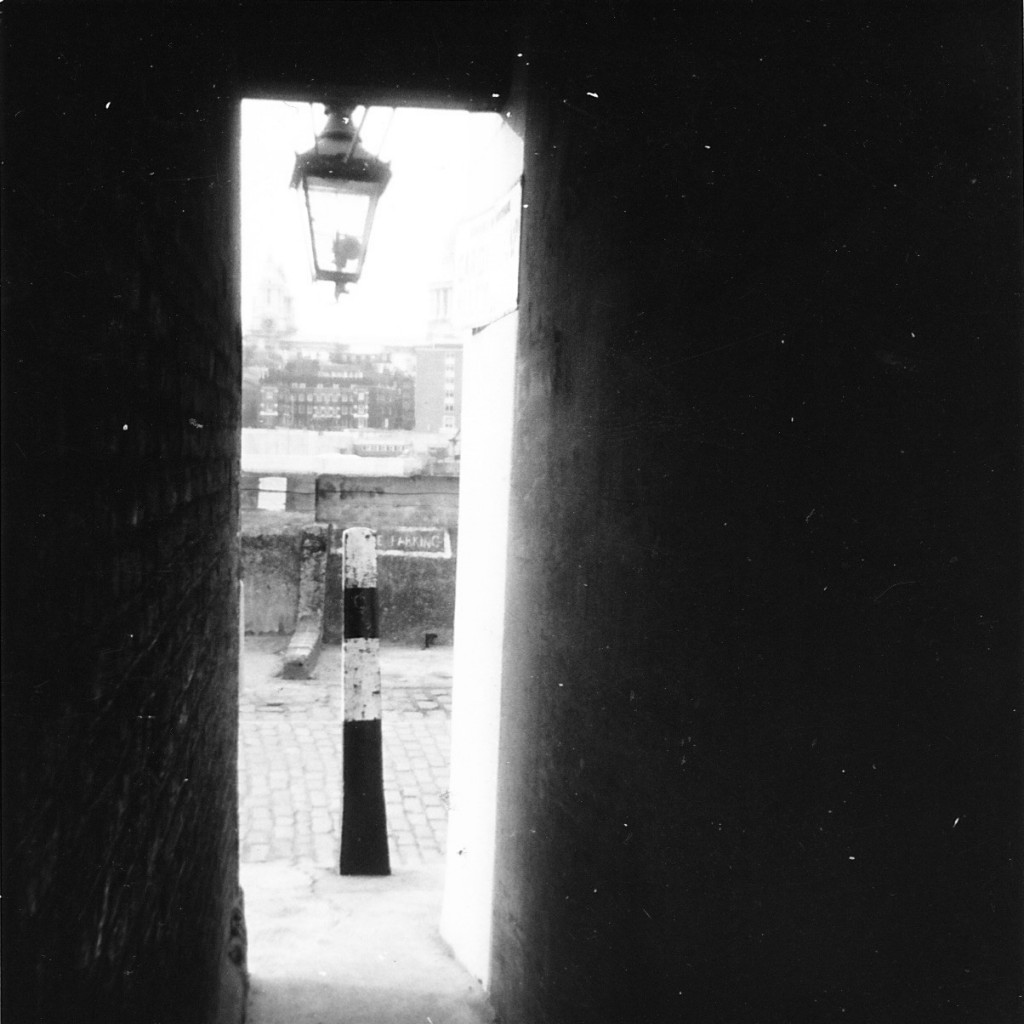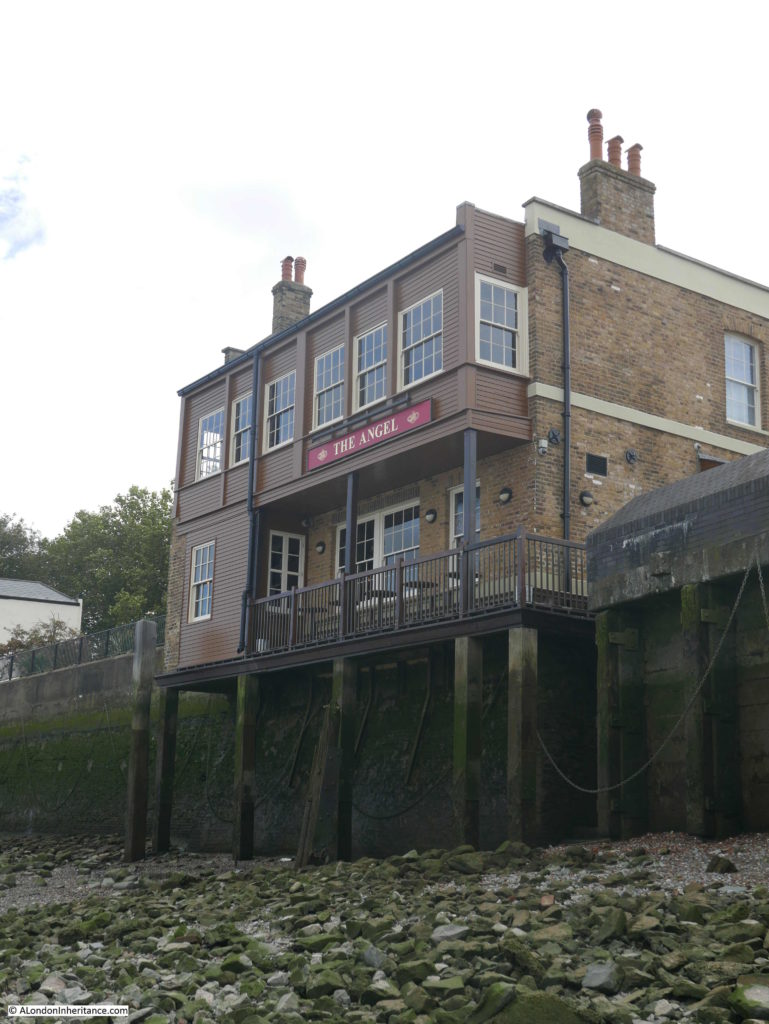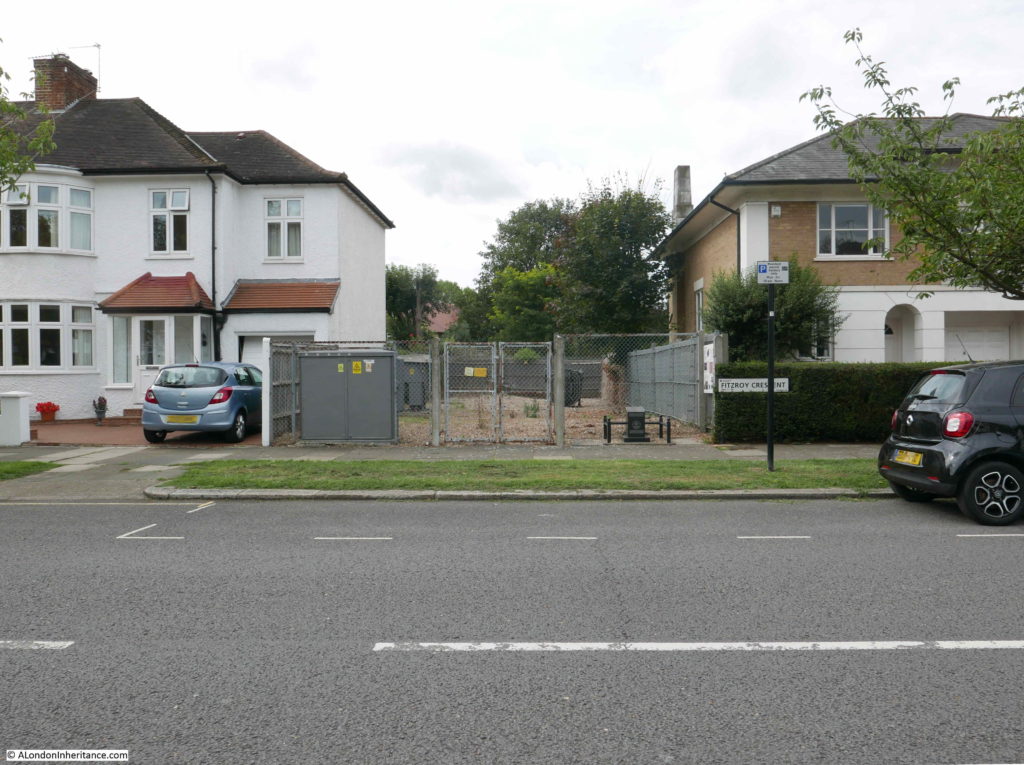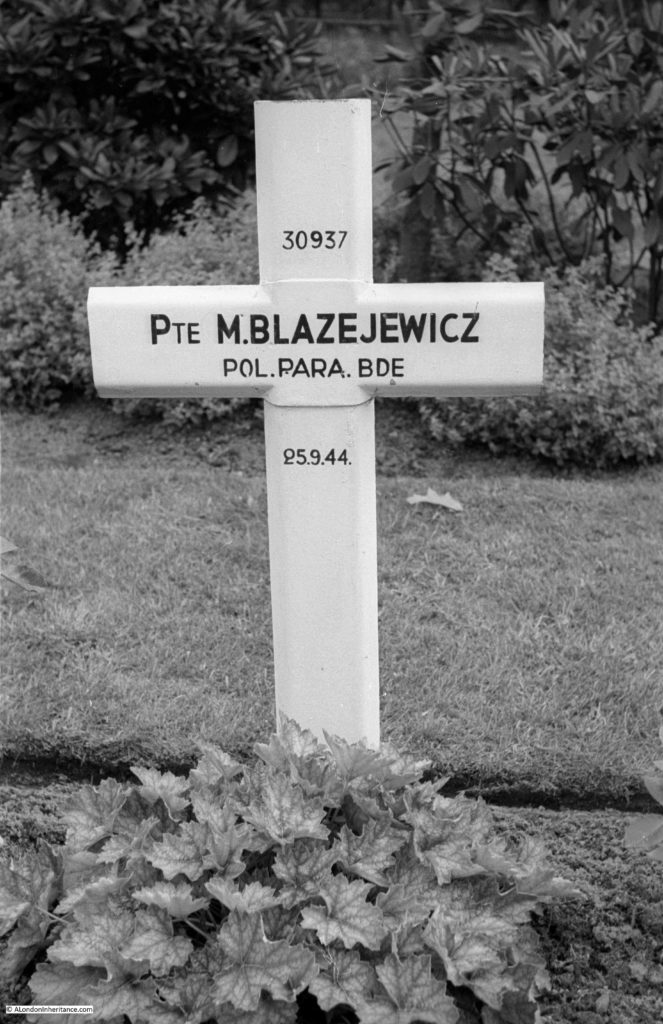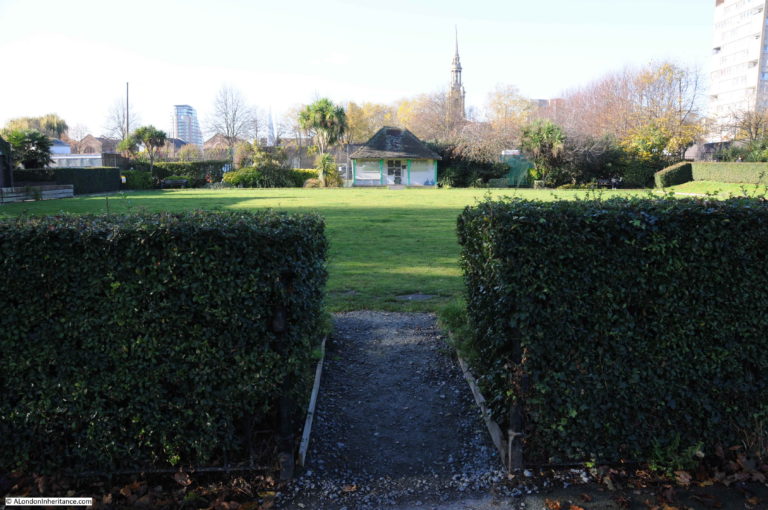The end of February 2020 marks the 6th anniversary of the blog, and exploring London. When I started in 2014 I really did not expect to manage a weekly post for 6 years.
The original aim of the blog was to track down the locations of my father’s photos and to provide an incentive to get out and explore London. It is so easy when travelling around London to take the direct routes between work, home, station etc. and not see how much history is both obvious and hidden across the streets.
This original aim still holds true, and does result in what may seem to be a random series of posts, but hopefully does reflect how much there is to discover across London.
I am also always looking out for ways to take a different view of the city – tomorrow’s main weekly post will be an example. It was inspired by an e-mail from a reader a couple of months ago, and a challenge to see how a subject that at first looked to have limited scope, could reveal a fascinating history of how Londoners lived over a century ago.
Writing at a computer is very much a one way process, and I do worry whether my posts are too long, tedious to read, focus on the right topics etc. In January I started the brilliant Clerkenwell and Islington Tour Guiding course, which will hopefully help with writing a more focused read on a specific topic, learning more about a fascinating area of London, as well as taking the blog from the screen to the streets at some point in the future.
Now for a quick look back over the year, starting in:
March 2019 – The Perseverance or Sun Pub, Lamb’s Conduit Street
When one of the posts covered the Perseverance or Sun Pub, Lamb’s Conduit Street, this was the view of the pub in 1985
So many London pubs have disappeared in the last few decades. The land they occupy frequently more valuable as apartments rather than as a pub. Although the pub has a new name (the Perseverance), it is thankfully still there, although with not such a colourful mural on the typical Victorian pub curved corner.
April 2019 – Walking the South Bank in 1980 and 2019
In April I was back on the South Bank, an area I have visited a number of times over the last 6 years. It is also the perfect site to demonstrate how an area has changed over the years. I started work on the South Bank in 1979, and took photos of the area, which I can add to my father’s photo, and later photos. The following sequence show how the view from the southern end of Hungerford Bridge has changed over the years. This is 1949:
1980:
2019:
A significant change over the past 70 years.
May 2019 – A City Relic In Deepest Hampshire
The City of London has lost so many churches over the years and the contents of these churches could have been destroyed, sold, moved to another church in the City, or perhaps a longer distance move.
One such church is Holy Trinity, Minories, which closed at the end of the 19th century, and today there is no trace of the church, however a key item from the church furniture can be found in a very different place, which I visited in May.
This is All Saints’ Church in the village of East Meon in Hampshire.
And the original pulpit from Holy Trinity, Minories can be seen in the village church:
Including a plaque which confirms the original location of the pulpit, and how it arrived in this Hampshire village.
Strange to see this relic from a City church in a very different location.
June 2019 – St Katharine’s Way and Ship Fires on the Thames
Hopefully I do not make many mistakes, but luckily when I do, the knowledge is out there and readers are able to correct. In June I posted the following photo in a blog about Thomas More Street. The photo had been labelled with this name by my father, so I assumed this was the street, despite some doubts when trying to match the curve in the photo with Thomas More Street.
Luckily readers were able to identify the correct location as St Katharine’s Way, so I was able to return and write an updated post with the right location.
The aim of the blog is to identify the locations of these original photos, so it is brilliant to identify the right place where I have made an error, or there is insufficient information in the photo to identify the location.
July 2019 – Seven St Martin’s Place and London Hotel Growth
In July, I wrote about a former office building at the southern end of Charing Cross Road that was being converted to a hotel. This is Seven St Martin’s Place.
It was interesting to research the considerable growth in hotel capacity across the city, and how this demand is expected to continue to grow.
The front of the building had a number of sculptures by Hubert Dalwood, a very well-respected sculptor in the Modern British movement. When a building undergoes conversion there is always a worry that wonderful original features such as these works could be lost, and there was no mention in the planning documentation of the works, or the requirement to preserve them.
I walked by the building a few days ago, the new hotel is now open, and the sculptures are in the same place and in good condition, so hopefully they will remain there for many years to come.
August 2019 – Southend on Sea – A London Bank Holiday
In August I followed so many thousands of Londoners from previous years and took a trip out to Southend.
Southend is a bit quieter than 1910, when the following newspaper extract introduced a Bank Holiday day at the town:
Very early in the morning the incoming excursion trains began to unload their human cargoes; the railway stations, like gigantic hearts, beat at regular intervals and sent the human tides flowing outwards, to disperse themselves along the various arteries and veins of the town.
Southend Pier, so typical of a Victorian seaside and which marches well over a mile into the Thames Estuary, and the train still carries those who do not want to walk:
Numerous fires have destroyed the buildings at both ends of the pier, but the train is still one of the major attractions on the pier.
September 2019 – Crow Stone, London Stone and an Estuary Airport
Although not in London, this post was my favourite of the year. It involved some careful plan of tides, and an early morning start to get to the London Stone near Yantlet Creek on the Isle of Grain by 6:45 in the morning.
The London Stone is an example of how the City of London extended their authority over much larger areas than just the City, including the most important transport route at the time – the river that carried all cargoes to and from London docks.
It was a brilliant experience standing there at low tide, with the sweep of the Thames Estuary as the day started to brighten.
St Giles Cripplegate and Red Cross Street Fire Station
September also had another fascinating event when I had on display some of my father’s post war photos of the area now covered by the Barbican in the church of St Giles Cripplegate, as part of the Barbican@50 event.
It was brilliant to meet a number of readers and Barbican residents at the event.
St Giles Cripplegate and Red Cross Street Fire Station were the subject of one of my father’s photos:
Impossible to get a photo of the same view today, as the Barbican now surrounds the church and the fire station was demolished as part of the Barbican construction, the following photo is the closest that I could get.
October 2019 – Baltic Street School and Great Arthur House, Golden Lane Estate
I was in the same area for a post in October with another of my father’s photos, this time showing the area now occupied by the Golden Lane Estate. During Open House London weekend I had visited Great Arthur House on the estate. I was busy on the Saturday when the weather was brilliant, and on Sunday, the sky had clouded over and rain showers added to the gloom, but the view of, and from Great Arthur House was fascinating.
The view from the roof of Great Arthur House during a break in the rain.
November 2019 – The View from Greenwich Park – Watching the City Evolve
There are some places in London that provide an ideal reference point to watch how the city changes. One of these places is Greenwich Park from where there is a superb view over the Isle of Dogs and along the River Thames to the City of London.
With prints and photos I tracked the development of the city from 1676 to the present day, but the developments of the last few decades has been the most dramatic with the exponential growth in the number of gleaming tower blocks.
This was the view in 1953:
And a very different view in 2019:
A Remarkable Story of Bravery
November also included a rather special post.
The previous year, I visited the Netherlands to photograph the locations that my father photographed in 1952. This included the Oosterbeek war graves cemetery on the outskirts of Arnhem where those who died during Operation Market Garden are buried.
I was really pleased to be contacted by Paul Brooker, the nephew of Richard Bond, the name just visible at the bottom of the list of names in my father’s photo, and Paul kindly contributed a guest post detailing his research into Richard (Dick) Bond, and the crew and final flight of those named on the grave at the left of my father’s following photo.
It is a remarkable read.
December 2019 – Tintern Abbey – Summer 1947 and 2019
As well as London, my father photographed many sites across the rest of the country, including Tintern Abbey in South Wales in 1947.
On a very hot and sunny day in August of last year, I visited the site, and wrote about the visit in December, hopefully also as a reminder of a summer day, when writing in the depths of winter.
Tintern Abbey is next to the River Wye, one of the main reasons for the abbey location, and the scenic position of the abbey today. Hopefully with all the flooding of recent week’s the abbey, businesses and homes along this stretch of the river have survived without any damage.
Tintern Abbey in 1947:
And in 2019:
January 2020 – The Waterman’s Arms – Isle of Dogs
January 2020 included a 1986 view from outside the Cutty Sark pub in Greenwich across to the Waterman’s Arms on the Isle of Dogs.
In 2019, the view is now somewhat obscured, however the pub is still there, and hopefully after a rather patchy recent history, will soon be returning as a traditional pub, with the original name of the Waterman’s Arms. The pub briefly shone on the national stage in the 1960s when Daniel Farson put on entertainment that would normally be expected in the West End than the tip of the Isle of Dogs.
February 2020 – The Dome at Islington Green
Coming up to date, and in February I visited Islington Green to track down the location of a 1985 photo with a unique structure facing the street.
This was originally the Electric Theatre which opened in February 1909. The statue on top of the dome dates from the time of the cinema, and the domed structure formed the entrance foyer.
The 2020 photo sums up two changes that can be seen across the majority of London streets, the take over by chain shops, and the ever-present CCTV.
In working on the blog, and looking at my father’s photos and also the photos I have taken since the late 1970s, I am constantly thinking about what is a good photo. I do not mean in terms of composition, getting the exposure right etc. but what does a photo do – how does a photo provide the viewer with information, how does a photo evoke a specific moment in time, or a specific place.
I have a number of themes I always photograph when walking London’s streets. Hairdressers (possibly strange, but they are a constant on the streets and they do show how fashions change), pubs (before they disappear), the changing view from specific view points (Greenwich, St Paul’s Cathedral etc.).
I have recently added a new theme – newspaper stands.
This was outside Charing Cross Station, and the headline on a newspaper perfect;y captures a specific moment in time.
So that was my 6th year. For me it has been a fascinating year of exploration, but sitting here typing to a screen would be a rather pointless exercise without anyone to read it – so thank you for reading, commenting, subscribing and e-mailing.
Now for the 7th year, and tomorrow’s post will be a bit long (sorry) but hopefully an interesting exploration of a city street, bringing to life the Londoners who lived on the street over one hundred years ago.





